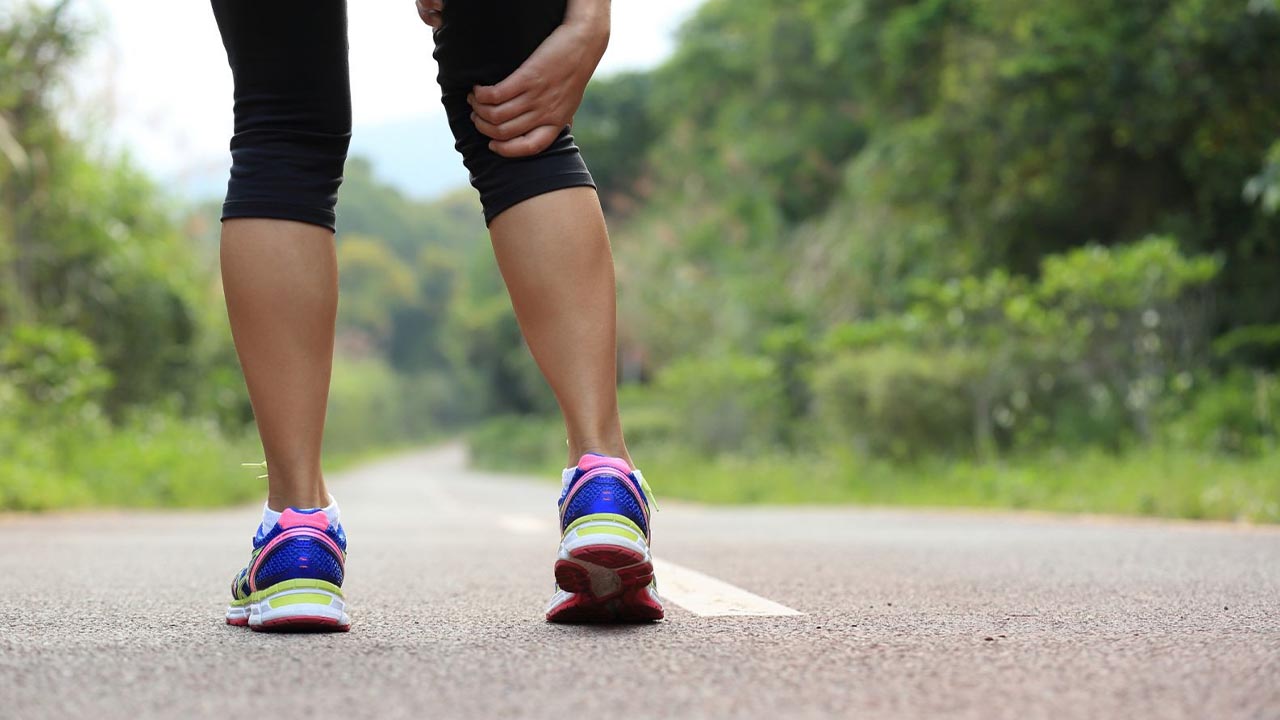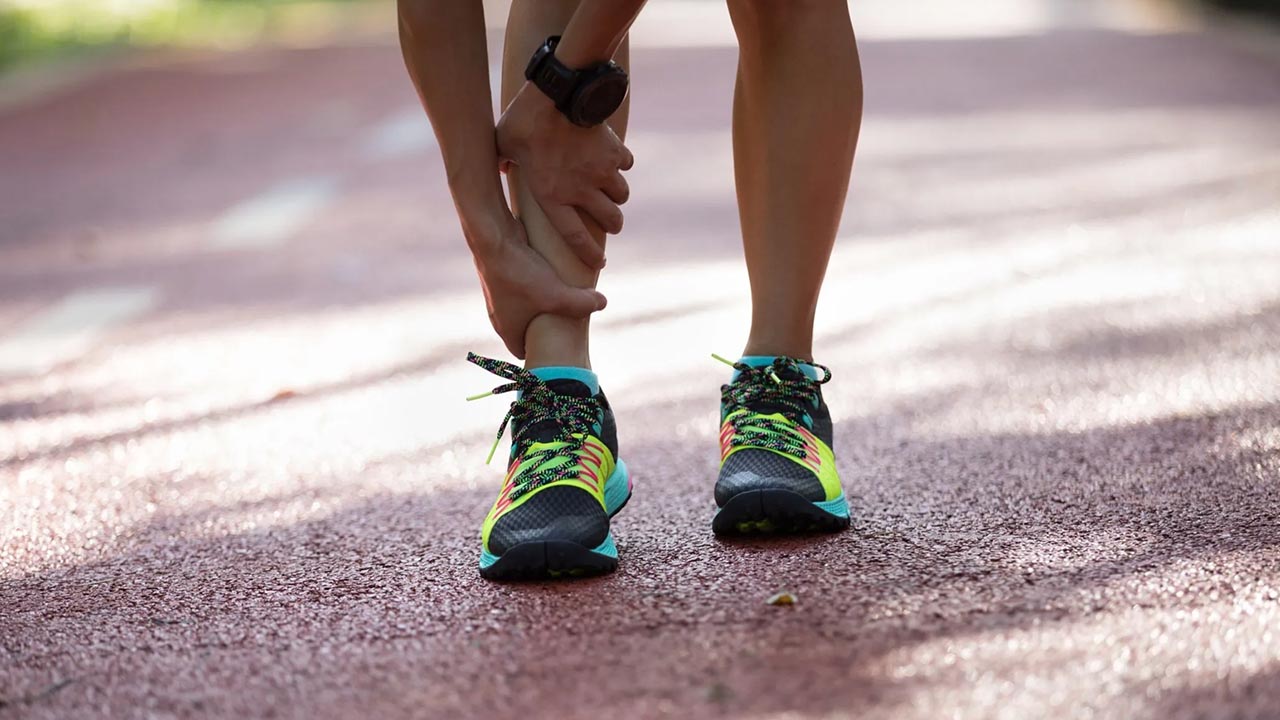Leg pain is a frequent problem that people complain about; it may range from being bearable to being annoying to being grave. Leg pain is a frequent problem that people complain about. A question that many people ask is Why does my leg hurt when I walk? My leg hurts while I walk, possibly due to aging, excessive running, and dehydration. Let’s not forget the wear and tear of the muscles and bones due to injuries and overworking yourself.
However, it may also relate to problems in your lower spine, and blood clots or poor blood circulation can also cause such pains, one of the most common causes of peripheral arterial disease. Almost 6.5 million adults in the US report this disease leading to leg pain.
Why Does My Leg Hurt When I Walk? It Can Be PAD!
Peripheral Arterial Disease is a chronic circulatory and venous disease. It develops gradually, affecting vascular health by narrowing the arteries supplying blood to your legs. PAD may be due to the accumulation of plaque inside the walls of the arteries that thicken the walls, leading to a reduced amount of blood being flown through them. It is subsequently causing the legs to hurt when moved.

PAD can occur due to genetics, long history of smoking or drug abuse, high cholesterol levels, high BP, Diabetes, or due to obesity, and it is common among ESRD patients.
Symptoms
Some people may have no symptoms at all; however, some may develop severe aches which may disappear after a few minutes. Pad may show specific signs like;
- Legs and feet losing hair
- Weakness in legs, they may even get numb
- Slow toenail growth
- Ulcers on feet and legs
- Shrinking of muscles on the leg
Diagnosis
This condition can be diagnosed by asking about symptoms, medical history, and family members. Then a physical exam may be performed, followed by the diagnostic tests and procedures that include;
- Angiogram
- CT scan
- ABI test (Ankle-brachial index)
- MRI
Treatment of Peripheral Arterial Disease
To reduce the symptoms and manage this disease. You may have to undergo medical and lifestyle changes by consulting a vascular doctor. The options include lifestyle changes such as avoiding smoking, exercising under the directions of the vascular physician, adopting a healthy diet, taking care of your feet, and keeping your routine check-ups and follow-up tests up to date.
Apart from this, treatment may include some medical changes like;
- Referring to a vascular doctor.
- Using blood thinners will help to reduce clotting
- Beta-blockers to lower BP.
- Blood sugar medications to regulate glucose levels.
Surgical procedures like angioplasty, atherectomy, and peripheral vascular bypass can also help treat PAD.




